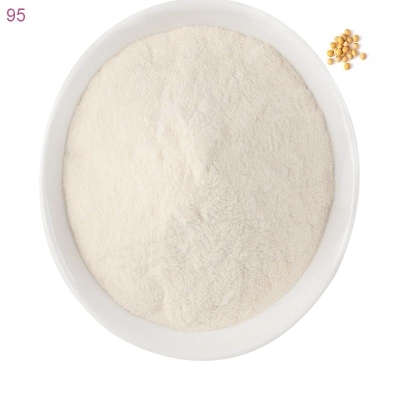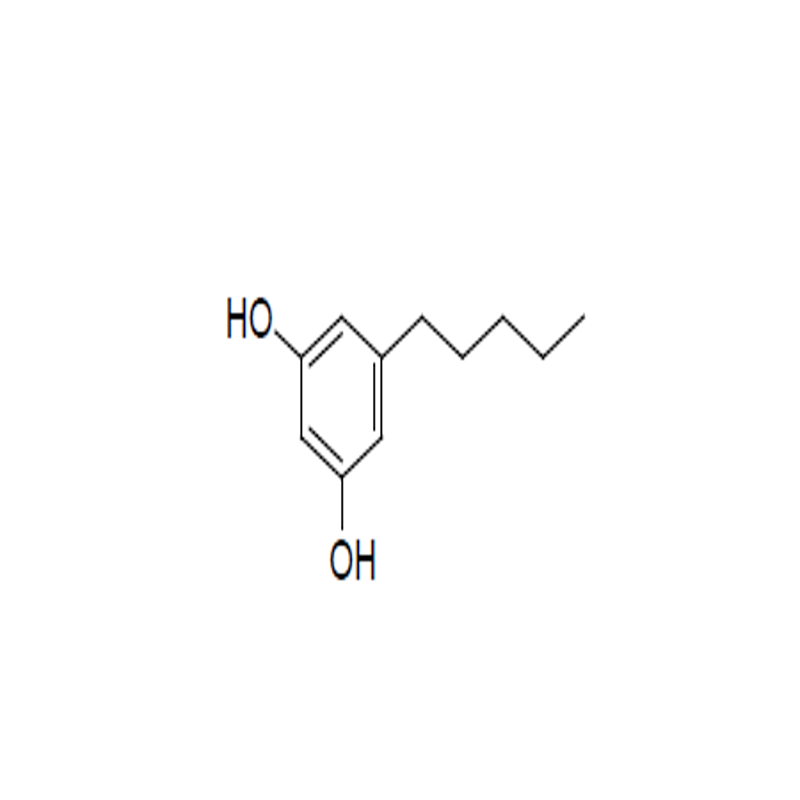Progress has been made in the study of DNAM-1 and its mechanism of interoperability with the mating body
-
Last Update: 2021-03-14
-
Source: Internet
-
Author: User
Search more information of high quality chemicals, good prices and reliable suppliers, visit
www.echemi.com
state of the human body is a necessary condition for the body to carry out normal life activities, and the body's immune system is an important regulatory mechanism to maintain the body's steady state. In the immune system, natural killer (NK) cells are a class of lymphocyte sub-groups developed and differentiated by hematopoietic stem cells and are the raw forces of natural and cellular immunity. It can release perforation and granulase directly mediated necrosis and apoptosis of target cells, but also by releasing a variety of cytokines to regulate T, B lymphocytes and other immune cell functions, and ultimately achieve the goal of immunosuppression and immunostation.
function of NK cells is controlled by the coordination of two kind of subject molecules, Yin and Yang, on the cell surface. Paired inhibitor and activated subjects recognize the same MHC-Class I molecules. NK cells are usually inhibited due to the high affinity between inhibitory receptors and liclines. Stimulation signals such as viral infections cause activated subjects to over-express, competitively bind to the mating body, activate NK cells, allow them to "kill" pathogenic microorganisms entering the body or remove their own lesions that are constantly emerging in the body.
In recent years, a newly discovered family of paired NK cells has gradually come to the fore, which is the TIGIT-CD226-CD96 family consisting of the inhibitor-type lithum TIGIT, CD96, and the activated-type subject DNA M-1 (CD226). The subject family molecule regulates NK cell function by specifically identifying the same ligand, the nectin/Necl family molecule CD155 (Necl-5). TIGIT is a inhibitory immuno checkpoint molecule, which is widely used in the research and clinical application of various target cell therapy. DNAM-1 is the only active subject molecule in the family. Therefore, the study of the mechanism of the role of DNA M-1 and its matching can not only clarify the mechanism of its activation of NK cells, but also have important value for the development of immunotherapy drugs targeting DNAM-1.
recently, PNAS (Journal of the Proceedings of the National Academy of Sciences) reported on the important research results of the team of Gao Fu academicians of the Institute of Microbiology of the Chinese Academy of Sciences on the mechanism of the interoperability of DNAM-1 and ligand CD155.
team analyzed the extracellational high-resolution 3D structure of human DNA M-1 and mouse DNA M-1 molecules. In general, proteins with multiple Ig-like domains usually form a "head-to-tail" series between them (see CD155 molecules). This arrangement of "beads" results in a certain flexibility between the adjacent Ig domains, which allows them to bind to the subject/polymer molecules through configuration adjustment. The researchers found that the DNA M-1 molecule, made up of two V-type immunoglobulin (IgV) domains, had a unique "shoulder-to-shoulder" side-by-side arrangement pattern. This particular series allows the β-sheet layer (β-sheet) of the two domains to be connected by a hydrogen-bonded network into a "rigid" whole, resulting in a "super-Ig" domain. Similar arrangement patterns are found only in the structure of the immune-like molecule VCBP3 (variable-region containing chitin-binding protein 3). The researchers speculate that this rigid arrangement of "shoulder-to-shoulder" domains may have an effect on its function, and that this particular arrangement pattern provides new clues to understanding the evolutionary laws of ancient immune molecules such as immunoglobulins.DNAM-1/CD226 and the polymer CD155 molecules play an important role in the activity of NK cells
the team also systematically studied the binding mechanism between the DNAM-1 molecule and its mating body CD155 molecule. By analyzing the structure of the DNAM-1/CD155 complex, they found that DNA M-1 is mainly combined by the IgV (CD226-D1) domain at the far membrane end and the IgV (CD155-D1) domain at the far membrane end of the CD155 molecule through the binding mode of "double-lock-and-key". Then, by testing the binding ability of DNAM-1 different domain interceptor proteins and mutant proteins with CD155, they found that DNAM-1 near-membrane end IgV (CD226-D2) domain not only plays an important role in maintaining the overall image stability of CD226 molecules, but also directly participates in the interoperability with CD155 molecules. This particular binding mode is unprecedented in the combination of TIGIT-CD226-CD96 family molecules and media.
also found that the activation-type subject DNAM-1 and the paired inhibitor-type subject TIGIT were at the same level in their binding ability to the mating CD155. This result suggests that the TIGIT-CD226-CD96 family's regulation of NK cell function may differ from the previously known "suppression signal first" regulation mode.
above, the clarification of the mode of effect of DNAM-1 and its mating body is of great significance for understanding the mechanism of the function of TIGIT-CD226-CD96 family mediator molecules and the mechanism of regulation of NK cells. At the same time, this research provides an important theoretical basis for the development of tumor immunotherapy antibody drugs with DNAM-1 as the target.
In recent years, the research team has carried out a series of work on the mechanism of action of key subjects/mediators in T cells and NK cells and the drug action mechanism of antibody in tumor immune checkpoints, and has carried out research results on the mechanism of interoperability between nectin/Necl family molecules and viral surface antigens and immune-related subject molecules. Published in the journals Nature Structure and Molecular Biology, PLoS Pathogens, Structure, Journal of Immunology, and Journal of Virology, it provides an important basis for understanding the mechanisms and drug development of the role of such molecules in immunologic regulation and pathogen invasion.
Han, Ph.D., Beijing Institute of Life Sciences, Chinese Academy of Sciences, was the first author of the paper, and Gao Fu and Tan Shuguang, associate researchers of the Institute of Microbiology of the Chinese Academy of Sciences, were co-authors of the paper. This research has been supported by the National Natural Science Foundation of China, the Chinese Academy of Sciences strategic pilot science and technology project and the postdoctoral innovation talent support program. (Source: Institute of Microbiology, Chinese Academy
).
This article is an English version of an article which is originally in the Chinese language on echemi.com and is provided for information purposes only.
This website makes no representation or warranty of any kind, either expressed or implied, as to the accuracy, completeness ownership or reliability of
the article or any translations thereof. If you have any concerns or complaints relating to the article, please send an email, providing a detailed
description of the concern or complaint, to
service@echemi.com. A staff member will contact you within 5 working days. Once verified, infringing content
will be removed immediately.







